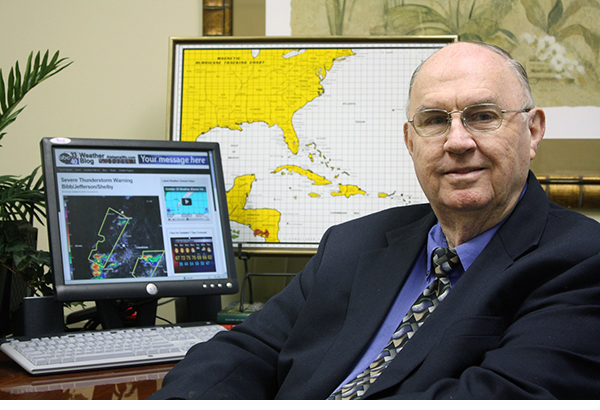Remembering Hurricane Allen…
On August 5, 1980, Hurricane Allen brushed the island of Haiti, killing 220 people. On the 6th, the powerful hurricane was brushing past the island of Jamaica with winds of 100 mph. The hurricane’s storm surge washed the pilings from under two seaside hotels and the 5 story buildings simply fell into the raging waves and disappeared. Eight people died in Jamaica.
Thousands of miles away, officials in Mobile County were setting the wheels into motion on a flotilla based evacuation plan of Dauphin Island. The bridge to the island had been knocked out the year before as Hurricane Frederic devastated the Alabama coast. A NWS official called the run on supplies “Frederic Fever” as residents of coastal Alabama prepared for the worst.
After weakening some from the interaction with Haiti and Jamaica, Hurricane Allen was again strengthening and a minimum pressure of 899 millibars (26.55 inches) was recorded by a NOAA aircraft on the 7th when it was off the Yucatan Peninsula. Only Wilma in 2005 at 882 millibars, Hurricane Gilbert in 1988 at 888 millibars and the infamous Labor Day hurricane of 1935 with a central pressure of 892 millibars were lower than Allen’s 899 millibar central pressure.
By the 7th, emergency management officials all along the Gulf Coast were preparing for a possible onslaught from Allen’s destructive winds and forecasters were desperately trying to calculate which way the monster storm would go when it entered the Gulf of Mexico. 250,000 people were being evacuated along the Texas coast. Offshore oil rigs were shuttling workers to safety via helicopters. One of the choppers crashed into the Gulf, killing thirteen people. Allen would lose strength again near the Yucatan Peninsula but regained it over the open waters of the Gulf of Mexico before eventually moving into Texas north of Brownsville on the morning of 10th with top winds of 115 mph. A gust to 140 mph was measured at Port Mansfied along with a storm surge of twelve feet.
Allen resulted in two direct fatalities in the U.S. and around $600 million in damage.
Category: Uncategorized















